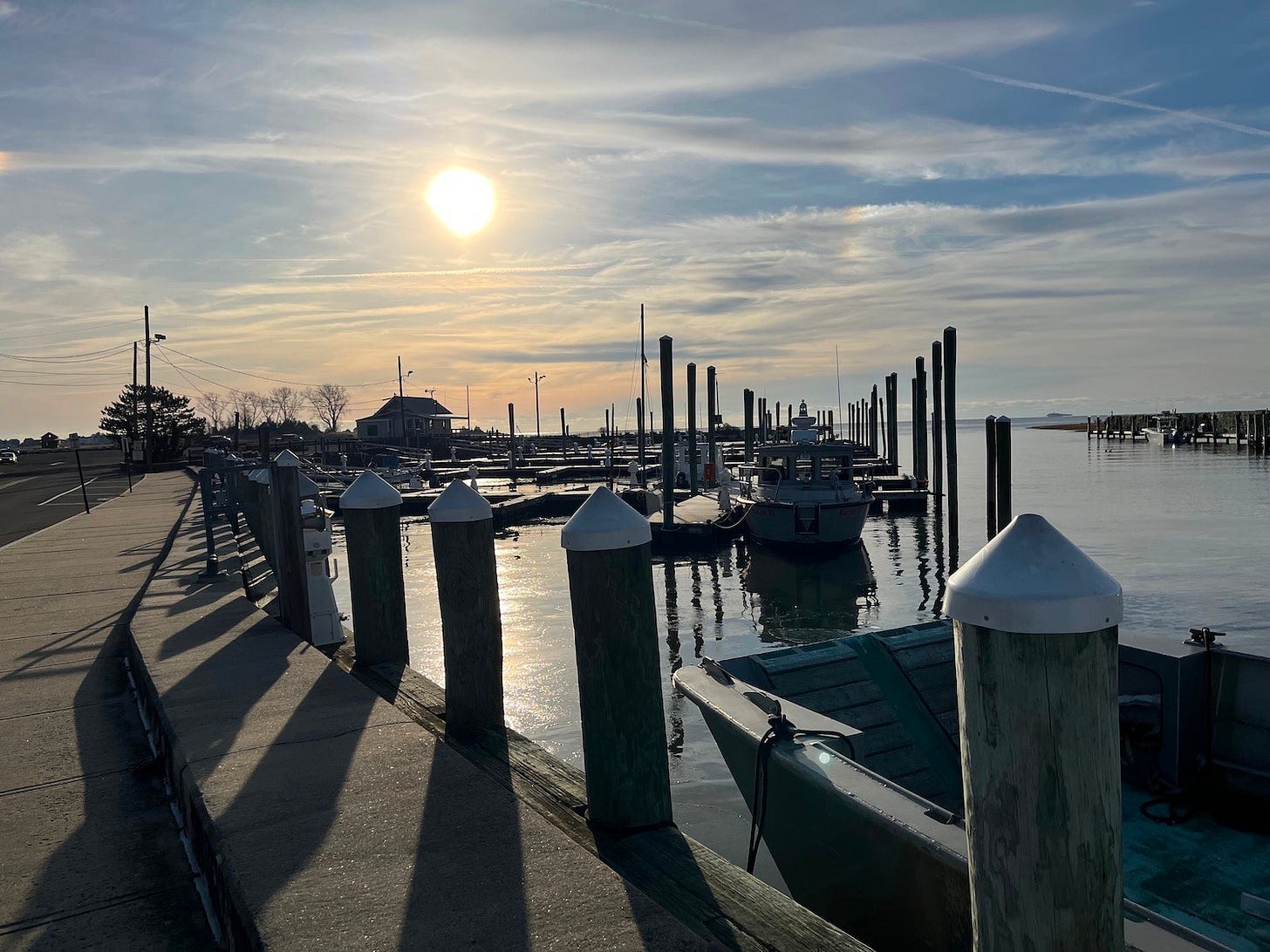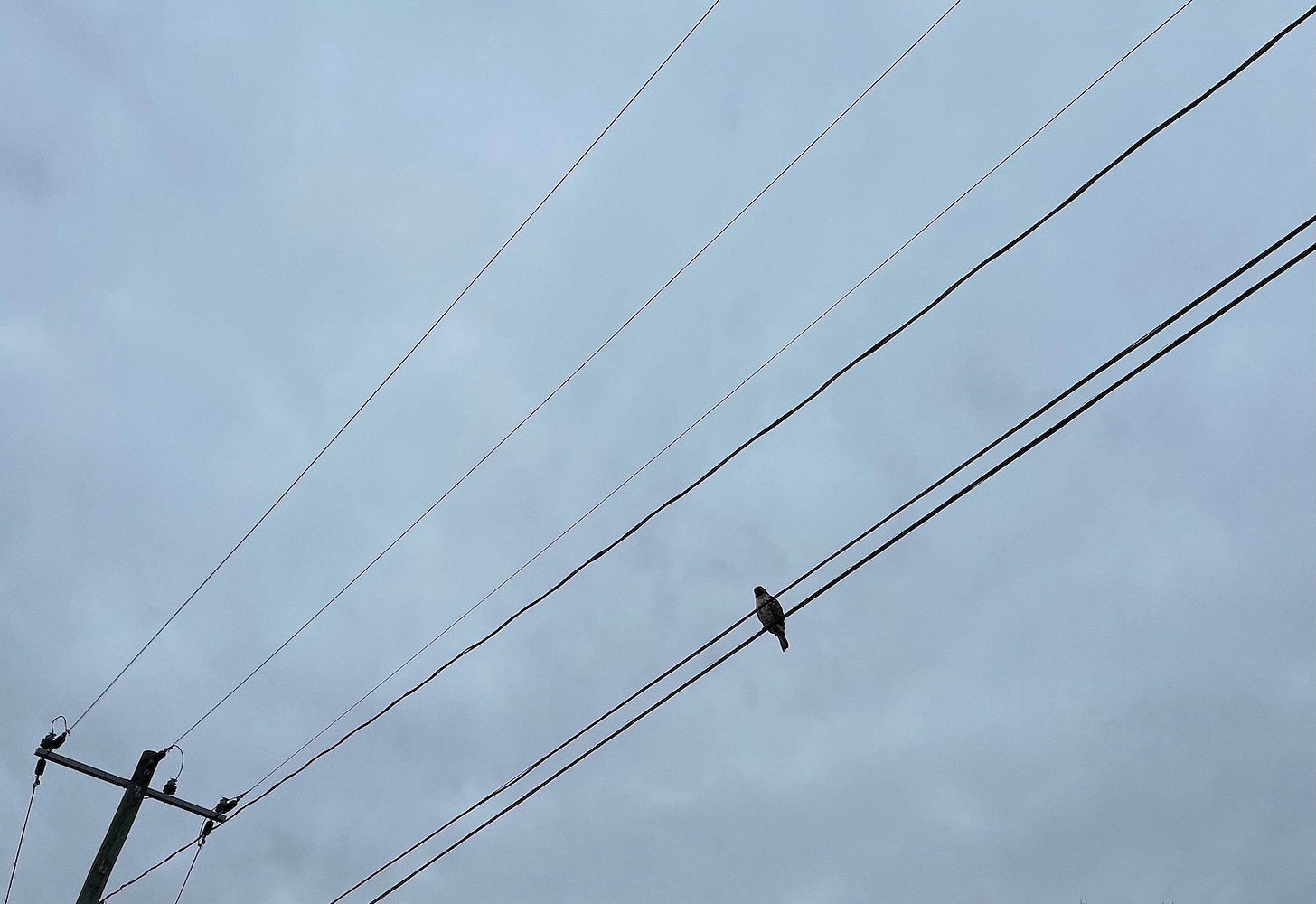In November, I moved back to a place one might call my hometown. I wasn’t born here, but I lived here through high school. It’s where I played a season of volleyball and then got cut from the team; where I met my first boyfriend and cried on the shaggy purple carpet of my bedroom when we broke up and got back together and broke up again; and where I worked my first jobs as a barista, summer camp counselor, and retail associate. The coffee shop and summer camp were a lot of fun, but folding polos for nine-hour shifts at the Ralph Lauren outlet was a kind of torture I wish no one had to endure.
This is the place where I felt infinitely misunderstood, in love, heartbroken, overwhelmed, and bored—sometimes all at once. It’s a place I wanted to leave.
It’s also where I wrote my first personal essays, which I didn’t know were called “personal essays,” at the time; I just knew I wanted to write something that made people cry.
Remember the Chicken Soup series? That afternoon of Lifetime movies stuffed into a fat paperback? Chicken Soup for the Teenage Soul was my first exposure to The Personal Essay, and all of my favorite stories were in the “Tough Stuff” section, which was mostly about drunk driving and suicide, as far as I can remember. I loved those heart-wrenching stories because they gave me a reason to cry and unleash a particular youthful sadness that is so hard to name. They made me wish—secretly, shamefully—that something terrible would happen in my life so I could write about it and get published. (Eesh. That’s still hard to admit.)
Things happened that felt terrible in those years, and I did write a bunch of sad personal essays. I mailed each of them to the Chicken Soup P.O. Box for submissions, and I never received so much as a thank-you note in response. Second copies were printed and stuffed into the back pages of my diary, never to be read by anyone but me.
In short, I’ve moved back to the setting of my teenage years, my angsty years, my hometown. I’ve moved back to the start of learning to position myself in a bigger story.
Now I’m an adult with a family and two decades of life in other places. Fifteen-year-old Britany would be thrilled to hear that I’m a professional writer now. Although I’m not sure how she’d feel about me moving back here.
But here I am. And so far, I’m charmed by this medium-sized Connecticut town halfway between New York City and Boston, where I can run to the shoreline each morning down snowy streets lined with homes that have stood there for three-plus centuries. I’m also finding a lot of unexpected inspiration for my writing.
I’ve started reading all the historic markers that adorn the houses in our neighborhood—something I never did in high school—noting the year they were built and a little about whoever lived there early on.
Recently I noticed one on the local hardware store I’ve been to dozens of times. The year was 1884.
“After adventures at sea, in Wisconsin, and in the California gold rush, William returned to his hometown, built his dry goods store on the site of one owned by his uncle, Andrew Elliot.”
I wonder what happened at sea. And why Wisconsin? Did he take the transcontinental railroad to California? What inspired him to leave Connecticut? Was he excited to come back and open a dry goods store? William and I both ventured West from here, lived some life, and came back home.
Why did he come back? Why did I?
But wait—Portland, Oregon is my home! A little voice whines in the back of my head. And it is. It’s a place I chose for myself, and then spent a decade building a life there, learning the rhythm and contours of the city and beyond, getting to know the mountains and the high desert, meeting my husband and starting a family. There are trails through Forest Park on which I know every bend and every root I might trip on. I’ve shed blood and tears on those trails.
But the shoreline of Connecticut is home, too. And there is a new kind of thrill in returning to live here with a fully formed frontal cortex. I now have access to adult awareness and curiosity, a layer of stable ground over all that bubbling teenage angst.
Moving back here has granted me access to something really valuable in writing: The way a place clicks into better focus when you layer the lenses of a past and present self. I know myself so much better now. I know this place, too.
I think what's so inevitably painful about adolescence is that we're just starting to see the edges of enormity and beauty in this world. And it’s terrifying. So we focus on the infinitude of our own emotions. To look outwards, to stretch ourselves beyond the our own anxieties and insecurities, would just be too much to bear. Multitudes of infinitudes would collapse like stars and pull us screaming into their black holes, never to return to our crushes or fleeting obsesssions. So we tangle ourselves in ourselves and feel stuck (or safe) there.
Eventually, we grow up and start looking around.
My husband and I were just talking about how there are SO MANY BIRDS around here. When I moved to Portland, I fell in love with the access to wild places and the dramatic landscapes that rise up within an hour outside of the city. But here, there’s a hawk that sits in a twiggy little tree on my running path every morning, and I marvel at how close he lets me get before taking flight. There are white-bodied ducks with black heads slipping between boats in the harbor, and I’m sure I’ve never seen this particular species of duck before. There’s an enormous, snaking forsythia bush—about the size of four airstream trailers parked nose-to-bumper—between our yard and our neighbors, and it trembles with a chorus of birds I can’t see until I’m face-to-face with the hulking tangle of branches. Every afternoon I walk out there and listen to their songs. And there aren’t just the birds—that midlife go-to when you’re tired of looking at your own life so closely. There’s also the town library and the new-to-me coffee shop and the strangers who cross my path on my walks around town. There’s the oyster farmers and kelp farmers and piles of crab cages and all of this aquaculture I’m eager to learn more about. There’s the town green where I took prom photos and where, hundreds of years prior, locals were buried and cows grazed between their gravestones. Now, my daughter is learning to ride her bike on land where the gravestones were removed, but the bodies were not. And all of this is backlit by the emotional electricity of having lived my angstiest years here. In returning, I get to reexamine what I felt, what I yearned for, and everything I didn’t pay attention to back then but can’t help but notice now.
And doesn’t that vividness, that layering of stories, kind of make you want to cry?
No? That’s ok. It’s worth writing about, regardless.
Upcoming Deadlines
Allbritton Journalism Institute Reporting Fellowships | Applications due 2/19
Spreading Love Through the Media Grant | Applications due 2/28
Allen Shoup Memorial Fellowship | Applications due 2/28
Waterman Fund Alpine Essay Contest for Emerging Writers | Applications due 3/1
For a complete list of upcoming deadlines for fellowships, grants, and more, check out The Big List of Deadlines for Nonfiction Writers.
In the Weeds
Words I’m tangled in this week…
“If you are someone like me who has children and lies awake terrified for their future, you should not let hopelessness about climate change paralyze you. In fact, I would argue that right now the bravest thing to do — even braver than hoping — is to stop hoping.” — Emma Pattee, The New York Times
“In small amounts—and we are able to detect very small amounts of geosmin, down to 10 parts per trillion, akin to a stick of incense diffused through the entire Empire State Building—it smells familiar and musty, a little minerally, a little dirty, but in a nice way. In larger doses, it can come across mildewy and rank, like dirty laundry left in a damp basement. In nature, geosmin is produced by certain species of blue-green algae that live within soil, and is part of the fragrance bouquet that gets released into the air before, during, and after the high desert gets hit by rain.” — Katy Kelleher, Nautilus
“Nature reframes our human-ness as one of many options, and our dearest truths as subjective.” — Blair Braverman, Conde Nast Traveler
The act of singing is built into us, it’s built into our DNA. Human beings aren’t built to be silent. Especially human beings who are in pain. Our bodies are built to scream when we’re in pain, for a reason. — Amanda Palmer, Ask Amanda
“I am anchored in that childhood time when to recognize a sassafras bush from its mitten-shaped leaves was the sense of finding a friend in the woodland fringe.” — Annie Proulx, Fen Bog & Swamp
“It connotes intention and diligence, makes reading into its own endeavor rather than just a means to an end.” Lilly Dancyger, The Word Cave
That’s all for today! If you liked this issue, it would mean a lot if you hit that heart up top or forwarded this to a friend so that more writers can discover Wild Writing.
Also, subscriptions are 50% off now through Friday! So it’s a great time to get in on that. Also, for a limited time, I’m offering monthly pitch feedback to founding subscribers. If you’re looking for help polishing up those pitches, I’m here for ya!
Stay inspired,
Britany







Oh, Britany, this is so beautiful. Your marvel, delight, and observation of life's quiet details is a profound gift. Thank you for sharing this with us.